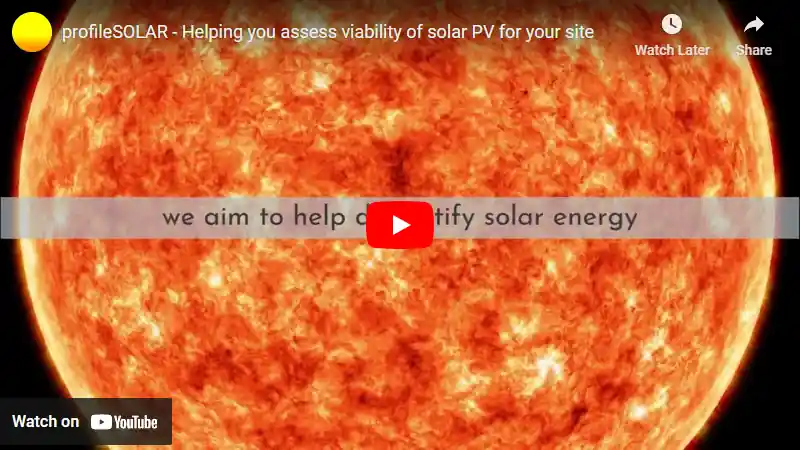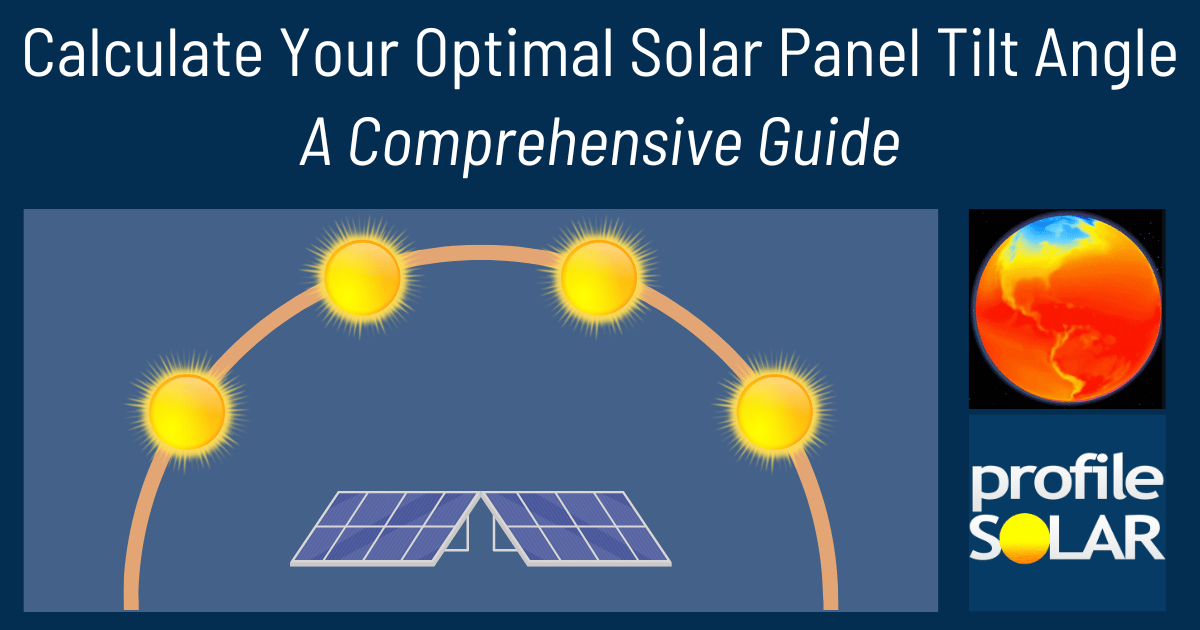

Gisborne, Victoria, Australia is a decent location for generating solar energy throughout the year. However, the amount of energy you can get varies with each season.
In simple terms, if you install a solar panel system that can generate 1 kilowatt (kW) of power, here's what you can expect:
- In summer, it would generate about 7.57 kilowatt-hours (kWh) of electricity per day.
- In autumn, it would produce around 3.92 kWh per day.
- In winter, it would only make about 2.48 kWh per day.
- And in spring, it could generate approximately 5.76 kWh per day.
This means that summer and spring are the best times to collect solar energy in Gisborne because these seasons have more sunlight hours compared to autumn and winter.
To get the most out of your solar panels all year round in Gisborne, Victoria, they should be installed at an angle of 32 degrees facing North. This tilt angle allows the panels to absorb as much sunlight as possible throughout different times of the year.
As for any environmental or local factors that might affect solar production in Gisborne - there aren't any significant ones known at this time that could impede production significantly enough to mention preventative measures specifically related to this location.
However general advice when installing solar anywhere is always ensuring your panels are not shaded by trees or buildings as this will reduce their efficiency; keeping them clean from dust and bird droppings; and considering use of tracking systems which follow the sun's path across the sky for maximum exposure but note these systems do add cost and complexity so may not be worth it depending on individual circumstances.
Remember though - while these figures give an estimate on how much power you could generate from a kW-sized system each day during different seasons - actual results can vary based on many factors including weather conditions & exact positioning/installation of your panels.
Note: The Southern Temperate Zone extends from -35° latitude South down to -66.5° latitude.
So far, we have conducted calculations to evaluate the solar photovoltaic (PV) potential in 392 locations across Australia. This analysis provides insights into each city/location's potential for harnessing solar energy through PV installations.
Link: Solar PV potential in Australia by location
Become the exclusive sponsor for Gisborne, Australia!
Solar output per kW of installed solar PV by season in Gisborne
Seasonal solar PV output for Latitude: -37.4940093, Longitude: 144.589637 (Gisborne, Australia), based on our analysis of 8760 hourly intervals of solar and meteorological data (one whole year) retrieved for that set of coordinates/location from NASA POWER (The Prediction of Worldwide Energy Resources) API:




Ideally tilt fixed solar panels 32° North in Gisborne, Australia
To maximize your solar PV system's energy output in Gisborne, Australia (Lat/Long -37.4940093, 144.589637) throughout the year, you should tilt your panels at an angle of 32° North for fixed panel installations.
As the Earth revolves around the Sun each year, the maximum angle of elevation of the Sun varies by +/- 23.45 degrees from its equinox elevation angle for a particular latitude. Finding the exact optimal angle to maximise solar PV production throughout the year can be challenging, but with careful consideration of historical solar energy and meteorological data for a certain location, it can be done precisely.
We use our own calculation, which incorporates NASA solar and meteorological data for the exact Lat/Long coordinates, to determine the ideal tilt angle of a solar panel that will yield maximum annual solar output. We calculate the optimal angle for each day of the year, taking into account its contribution to the yearly total PV potential at that specific location.

Seasonally adjusted solar panel tilt angles for Gisborne, Australia
If you can adjust the tilt angle of your solar PV panels, please refer to the seasonal tilt angles below for optimal solar energy production in Gisborne, Australia. As mentioned earlier, for fixed-panel solar PV installations, it is optimal to maintain a 32° North tilt angle throughout the year.
| Overall Best Summer Angle | Overall Best Autumn Angle | Overall Best Winter Angle | Overall Best Spring Angle |
|---|---|---|---|
| 21° North in Summer | 42° North in Autumn | 52° North in Winter | 30° North in Spring |
Our recommendations take into account more than just latitude and Earth's position in its elliptical orbit around the Sun. We also incorporate historical solar and meteorological data from NASA's Prediction of Worldwide Energy Resources (POWER) API to assign a weight to each ideal angle for each day based on its historical contribution to overall solar PV potential during a specific season.
This approach allows us to provide much more accurate recommendations than relying solely on latitude, as it considers unique weather conditions in different locations sharing the same latitude worldwide.
Topography for solar PV around Gisborne, Australia
The region around Gisborne, Australia is characterized by a mix of flat plains and rolling hills. The area is part of the Macedon Ranges Shire, which is known for its scenic landscapes, vineyards, and forests. The Macedon Ranges themselves are nearby and offer more hilly terrain.
For large-scale solar PV installations, flat open areas are typically preferred as they allow for easy installation and maximum sun exposure. In the immediate vicinity of Gisborne, areas to the north and west could potentially be suitable given their relatively flatter terrain compared to the hillier regions to the south towards Mount Macedon.
However, any specific site selection would need to take into account other factors such as land use restrictions (e.g., protected lands or agricultural use), proximity to electrical grid infrastructure for power distribution, potential impact on local ecosystems or residential areas (e.g., glare), among others. A detailed feasibility study would be needed to identify optimal sites for large-scale solar PV in this region.
It's also worth noting that Victoria has a relatively lower solar irradiance compared with other parts of Australia like Queensland or Western Australia due to its southern latitude and climate. However, this does not necessarily exclude it from being viable for solar energy generation - just that the efficiency might be somewhat lower comparatively.
Australia solar PV Stats as a country
Australia ranks 7th in the world for cumulative solar PV capacity, with 19,076 total MW's of solar PV installed. This means that 10.70% of Australia's total energy as a country comes from solar PV (that's 2nd in the world). Each year Australia is generating 742 Watts from solar PV per capita (Australia ranks 2nd in the world for solar PV Watts generated per capita). [source]
Are there incentives for businesses to install solar in Australia?
Yes, there are a variety of incentives available in Australia to businesses wanting to install solar energy. These include:
1. Renewable Energy Target (RET): The RET provides businesses with financial assistance for installing and operating renewable energy systems such as solar panels. Businesses may be eligible to receive certificates that can be sold or traded on the open market for additional income.
2. Feed-in Tariffs: Some states offer feed-in tariffs which pay businesses for generating and exporting excess electricity from their solar panel system back into the grid during peak demand periods.
3. Solar Credits: The Solar Credits program provides households and small business owners with an upfront discount when purchasing a new solar system, based on the amount of renewable energy generated by the system over its lifetime.
4. Tax Breaks: Small business owners may be able to claim tax deductions on certain expenses associated with installing a solar power system, including installation costs, maintenance expenses and interest payments related to financing arrangements taken out specifically for this purpose.
Do you have more up to date information than this on incentives towards solar PV projects in Australia? Please reach out to us and help us keep this information current. Thanks!
Feeling generous?

Share this with your friends!


Compare this location to others worldwide for solar PV potential
The solar PV analyses available on our website, including this one, are offered as a free service to the global community. Our aim is to provide education and aid informed decision-making regarding solar PV installations.
However, please note that these analyses are general guidance and may not meet specific project requirements. For in-depth, tailored forecasts and analysis crucial for feasibility studies or when pursuing maximum ROI from your solar projects, feel free to contact us; we offer comprehensive consulting services expressly for this purpose.
Helping you assess viability of solar PV for your site
Calculate Your Optimal Solar Panel Tilt Angle: A Comprehensive Guide
Enhance your solar panel's performance with our in-depth guide. Determine the best tilt angle using hard data, debunk common misunderstandings, and gain insight into how your specific location affects solar energy production.

.svg)





